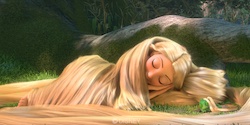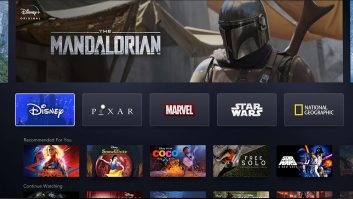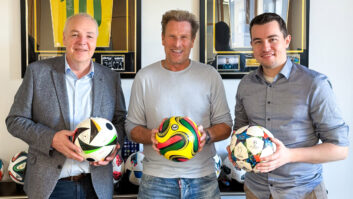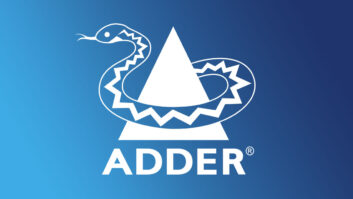
Autodesk has obtained a five-year exclusive license from Walt Disney Pictures for its XGen Arbitrary Primitive Generator technology for the creation of computer-generated fur, feathers and foliage, writes David Fox.
The XGen technology was used most recently by Walt Disney Animation Studios in its movie, Tangled, but was first presented by WDAS in a research paper at Siggraph in 2003.
Since then, XGen has been refined further and used on seven features, three shorts and a TV show. It was used to create fur, hair, feathers, trees, leaves and rocks for Bolt, trees and bushes for UP, dust bunnies, debris, trees, bushes, clover and flowers for Toy Story 3, grass and trees for Cars 2, and lush landscapes and character’s hair for Tangled (pictured).
XGen is a comprehensive system for generating arbitrary primitives on a surface, offering advances in versatility, durability and impact. It is claimed to allow access to interpolation in an intuitive manner for artists, giving them a powerful and flexible framework for primitive generation.
It was designed to be an intuitive, creative tool for 3D animation, such as grooming for fur and hair, so that animators can develop the look and feel of their characters and environments more quickly and easily.
“Twenty years ago, visual effects artists creating computer graphics were mostly mathematicians and scientists using highly technical and complex software tools that required significant amounts of custom programming. Back then, off-the-shelf software could not create the required details of nuance and emotion,” explained Walt Disney Animation Studios’ Chief Technology Officer, Andy Hendrickson. “We were able to create XGen as an effective artistic tool because Autodesk provides studios like ours with comprehensive tools and a flexible, extensible platform to develop on. The Autodesk customizable toolset helps visual effects artists do their best work.”
“A key challenge in the visual effects industry continues to be the need to constantly evolve creatively while somehow controlling rapidly escalating production costs,” added Marc Petit, senior VP, Autodesk Media & Entertainment (pictured). To address this, Autodesk worked with the likes of Disney to help them innovate faster and to make these new technologies more broadly accessible, which he believes will be helped by this deal, which was announced at Siggraph 2011 (which ends today in Vancouver).
“A primary focus for my team is to ensure that the production pipeline is streamlined in order to efficiently produce the best possible CG animation,” said Walt Disney Animation Studios’ Director of Studio Technology, Dan Candela. “With Autodesk’s Maya as a core piece of our toolset, we’ve developed over 100 plug-ins and extensions for the platform to enable our artists to create a movie of the quality of Tangled within necessary time and budgetary limits. Sharing our technology with the VFX and CG animation community raises the creative bar for the entire industry.”
Disney has contributed various innovations to the industry, including the open source projects: SeExpr, Reposado, munki and Partio. Recently, Autodesk has integrated two other WDAS technologies into its software: the Maya Camera Sequencer; and Ptex.
The Camera Sequencer was introduced in the Maya 2011 3D animation software and provides powerful multicamera editorial capabilities for previsualization and virtual moviemaking.
The Ptex texture mapping system was incorporated into Maya 2012 and Autodesk Mudbox 2012 digital sculpting and texture painting software.
With the single-step interoperability between Maya and Mudbox in the Autodesk Entertainment Creation Suites, Ptex enables artists to create highly detailed, textured models more quickly and efficiently.







